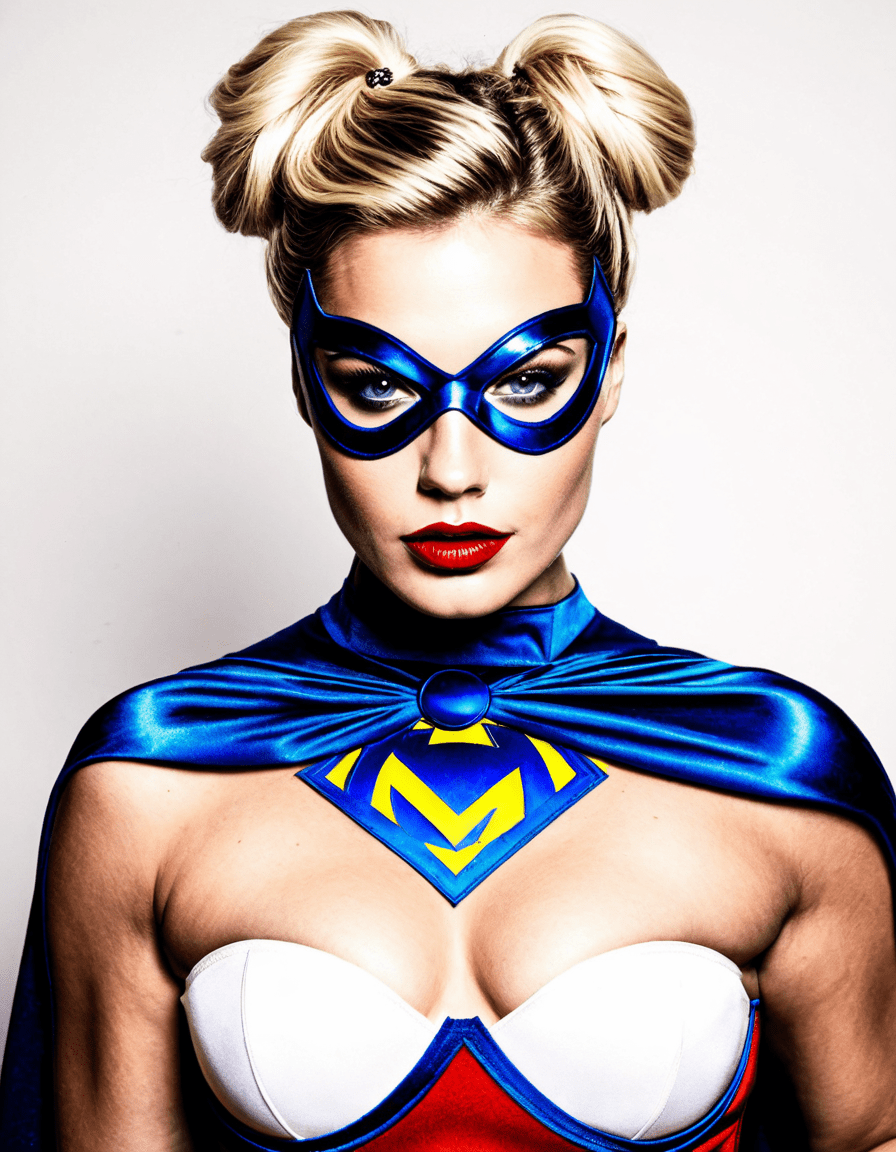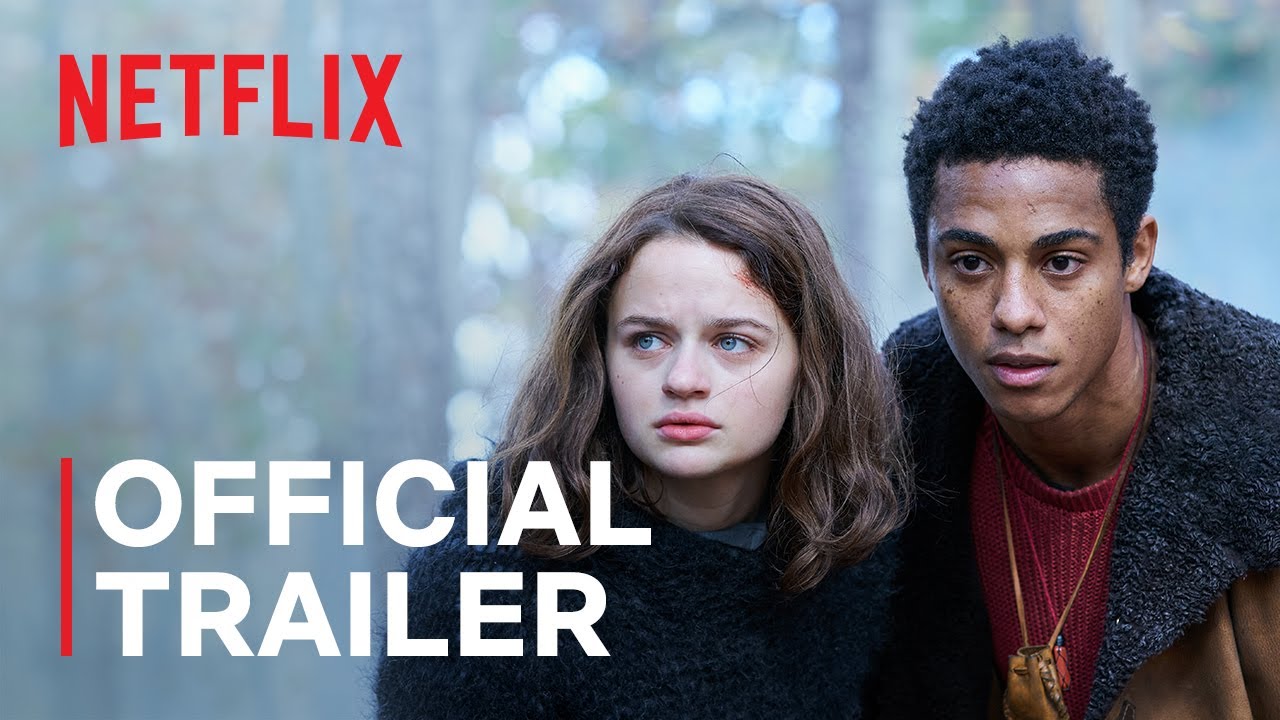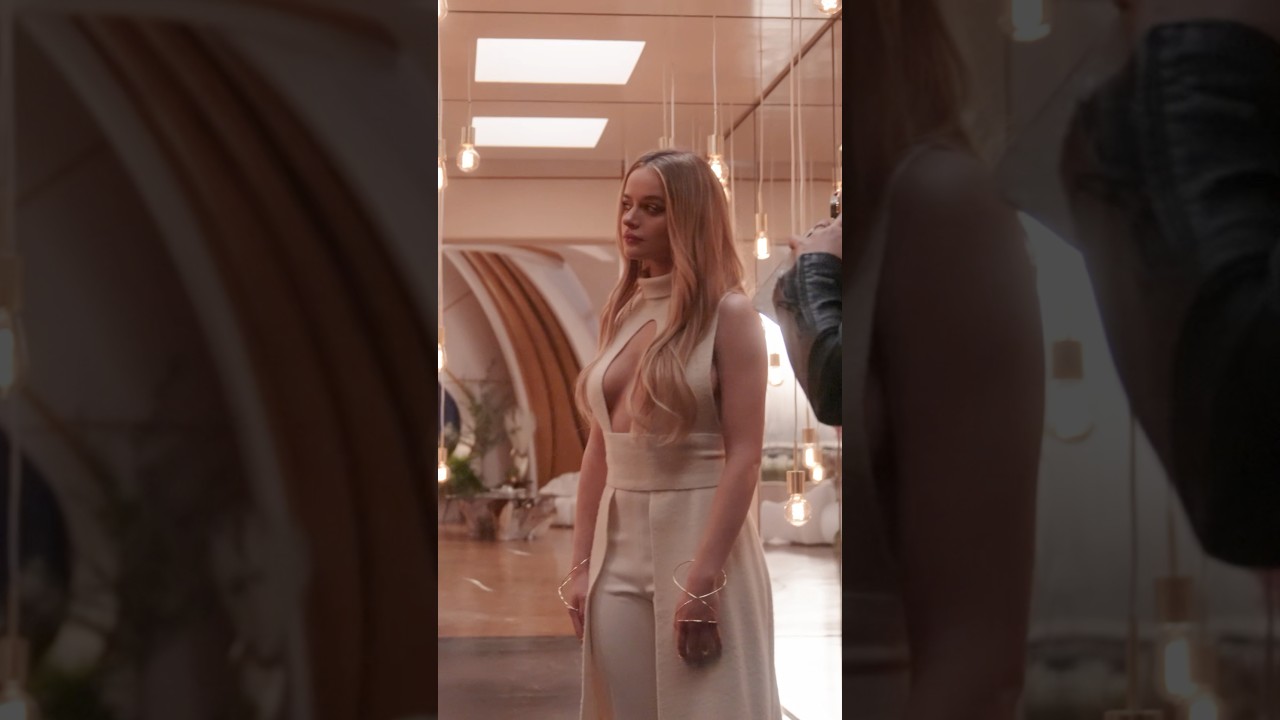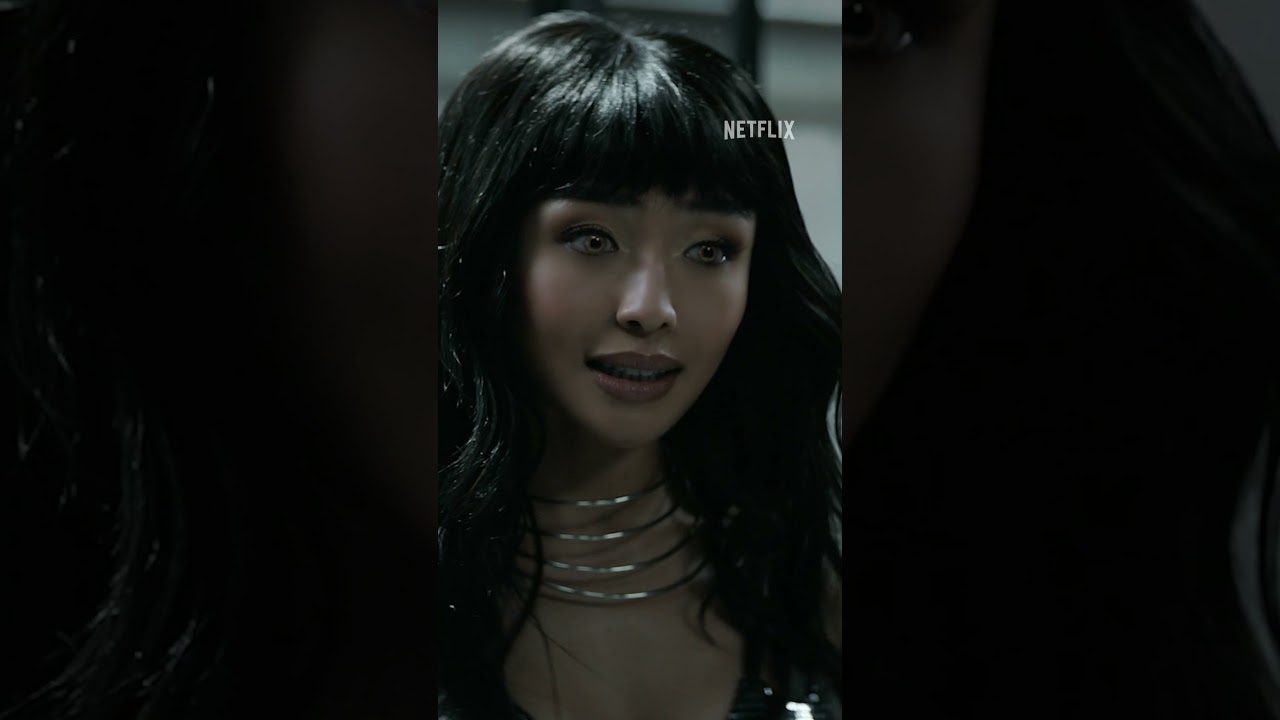Throughout the ages, beauty standards have flip-flopped more than a pancake on a Sunday morning, and the term “uglies” has taken on a new, profound meaning. Gone are the days when ‘ugly’ merely referred to those who lacked societal appeal. Today, being an “ugly” is almost a badge of honor in the quest for individuality against the backdrop of traditional beauty norms. This article dives deep into how the notion of ugliness is reshaping beauty standards in cinema and society at large. So, grab your popcorn and let’s get into the reel of it all!
1. Redefining Ugliness: A Historical Perspective
Beauty standards have oscillated dramatically throughout history, leading to varying definitions of what is considered ‘ugly.’ For instance, in ancient societies, features such as scars or body modifications were valued as symbols of strength. During the Victorian era, ideals shifted towards fragility and femininity. Fast forward to the 21st century, and we witness a marked rebellion against these traditional norms. The ugly-duckling narrative is becoming more sophisticated — celebrating perceived flaws rather than hiding them.
As we dig deeper into this historical flux, we can see how modern interpretations of beauty are shaped. The movement to redefine ugliness is not merely an aesthetic shift; it’s about challenging a culture that thrives on conformity. Think of it as a cinematic plot twist: the hero is often the one who embraces their perceived flaws and triumphs over societal limitations, a common theme among many cult classics.
In contemporary cinema, this pushback reflects a cinematic palette rich with characters who’ve won viewers’ hearts, not through traditional beauty, but through their raw authenticity. Movies like “Birds of Prey” or “Everything Everywhere All at Once” showcase narratives where characters embrace their ‘ugly’ sides — thus redefining beauty for a new generation.
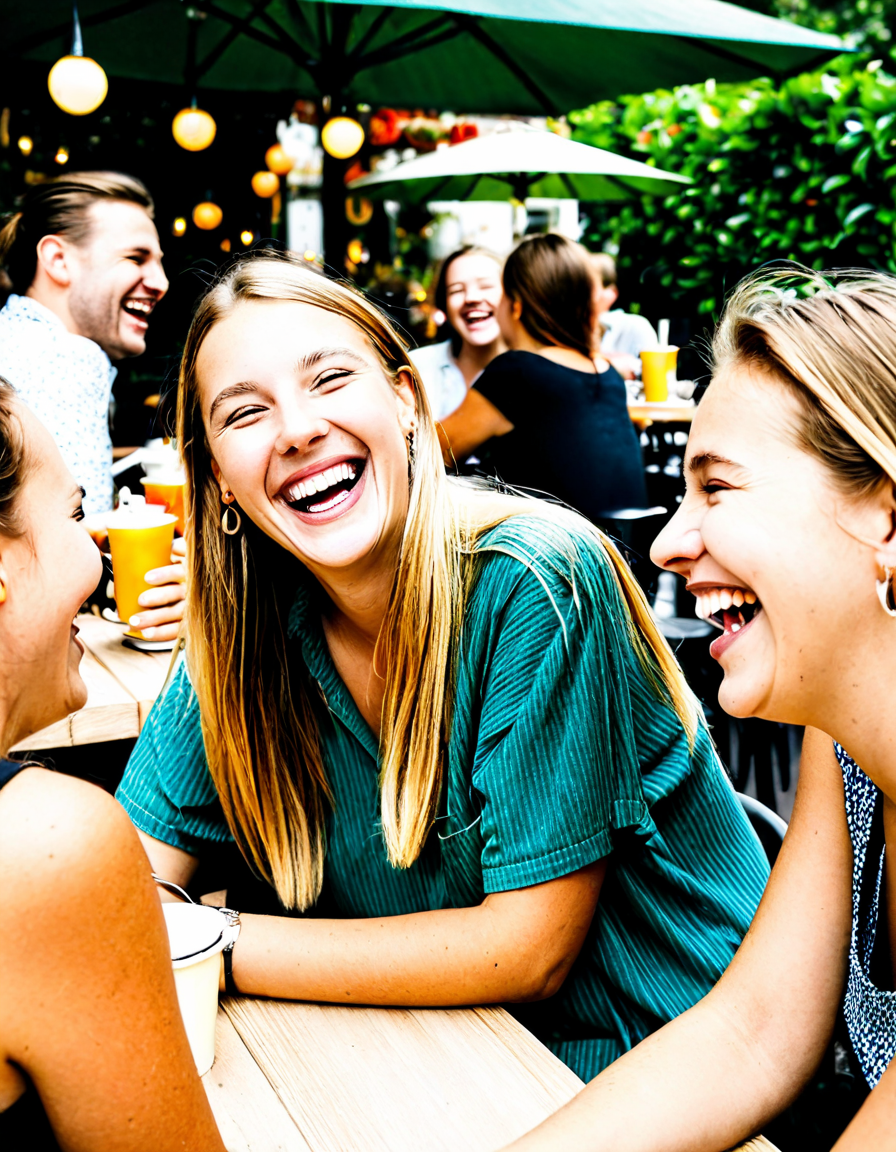
2. Top 5 Cultural Icons Reclaiming Ugliness
Billy Porter consistently knocks it out of the park with his outrageous red-carpet appearances. His androgynous outfits and unapologetic style break traditional gender norms, pushing for more acceptance of individuality in beauty standards. He’s not just wearing clothes; he’s wearing courage, showing fans worldwide that being ‘ugly’ can be breathtaking.
Jameela Jamil has turned her social media presence into a powerful soapbox for self-acceptance. With her “I Weigh” campaign, she transforms how women perceive worth. Rather than prioritizing physical appearance, she emphasizes self-love and inner strength, thus reshaping societal notions of beauty. Give her a round of applause; she’s doing the heavy lifting for many.
The Instagram account MochiMuffins celebrates diverse body types and offbeat beauty. By showcasing unconventional aesthetics, it challenges the pressures of ‘average’ beauty, promoting a realm where individuality triumphs. The melting pot of beauty standards here is as vibrant as the boldest colors on the screen!
With an uncanny talent for flamboyant fashion paired with an open narrative on gender fluidity, Lil Nas X is revolutionizing what it means to be “ugly” in the best way possible. He encourages young fans to let go of the need to conform, urging everyone to flaunt their quirks and oddities.
Plus-size model Tess Holliday confidently owns her space in the industry without bowing to antiquated beauty norms. By embracing her size, she dares society to see beauty beyond just one form. Her fierce attitude around ugliness becomes a powerful anthem: celebrate all shapes and sizes!
3. The Role of Social Media: Amplifying the Uglies Movement
Social media has become the modern agora, where discussions about beauty norms flourish. Movements like #EffYourBeautyStandards challenge the often curated perfection seen on platforms. Users share unfiltered images, celebrating their identities with authenticity rather than the facades drawn by filters and editing software. TikTok and Instagram serve as battlegrounds where ‘ugly’ becomes a Reimagined concept.
Influencers like Sarah Nicole Landry, also known as The Birds Papaya, share their journeys towards self-acceptance and body positivity. Their raw narratives resonate with the masses, encouraging others to embrace their unique features. Swipe through their content, and you’ll find an outpouring of emotions that challenge societal expectations.
These platforms give rise to an environment where ‘ugly’ isn’t just acceptable; it’s glorified. The culmination of these conversations indicates a seismic shift in how society perceives beauty, making the world more inclusive.
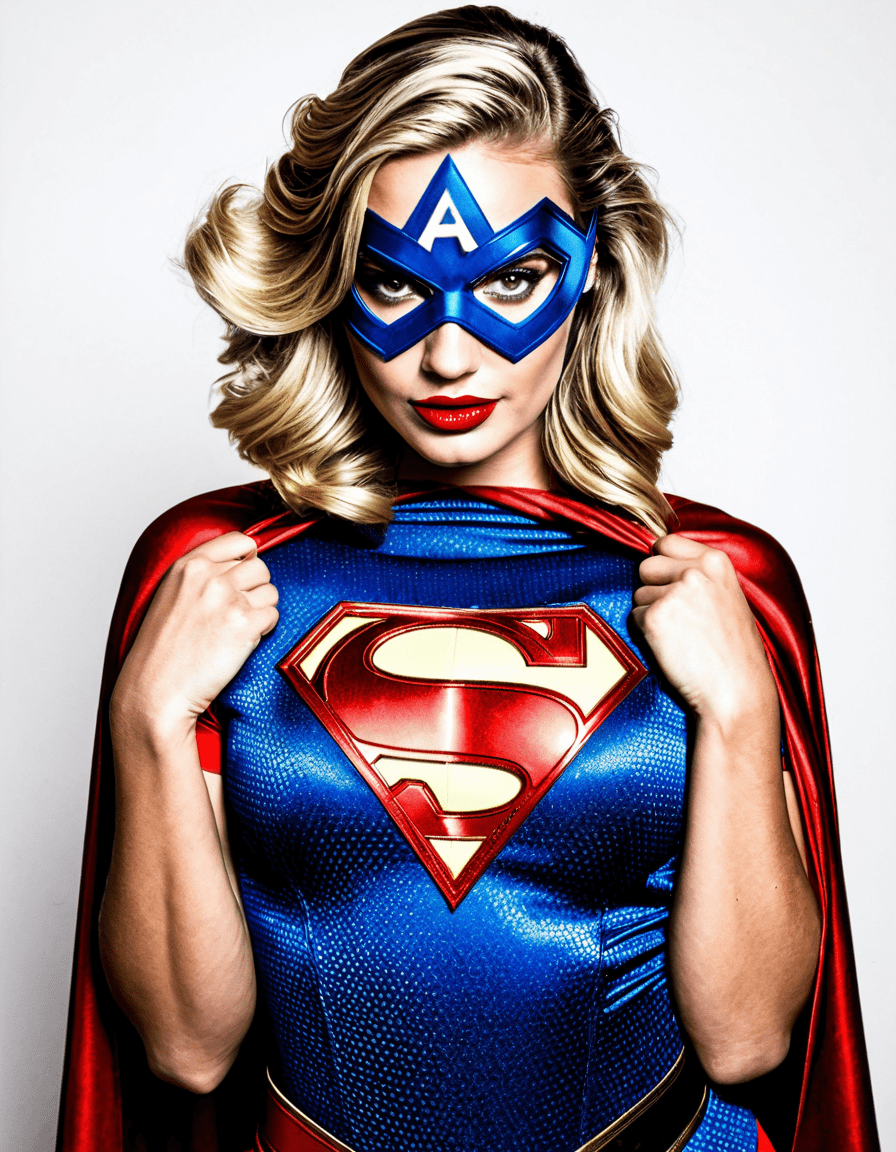
4. Beauty Brands Embracing Ugliness
In a market that has often preferred idealized beauty, brands like Fenty Beauty bust onto the stage, redefining norms with inclusivity at their core. By offering makeup products for a wide variety of skin tones, they encourage everyone to celebrate their own beauty. Their innovations ensure that no one feels like they have to conform to a narrow standard.
Misfits Market, a grocery subscription service for ‘imperfect’ produce, takes the ugliness transformation into consumer culture. Just as they prove that ugly fruits and vegetables can be delicious, they redefine value and the concept of beauty in the kitchen. A carrot with a few bumps deserves love too!
Additionally, brands like Ugly Drinks promote the idea that ‘ugly’ can lead to transparency via their beverages. By highlighting that beauty comes in various forms, they spark conversations around acceptance, self-love, and overall well-being.
5. The Psychological Impact: Uglies and Body Image
The onslaught of idealized images can take a toll on our self-esteem. It’s little wonder that many feel distanced from their natural selves. Yet, emerging research indicates that embracing one’s unique ‘uglies’ often results in higher self-confidence. A recent study by the University of California showed that individuals who focus on non-traditional beauty accounts experience less body dissatisfaction.
The evidence hints at a positive cycle: as individuals celebrate their so-called ugliness, they nurture better self-perception and body image. This could reshape how future generations see beauty, promoting healthy self-esteem and acceptance.
Creating a society where diverse representations of beauty thrive can help reverse the negative impacts of unrealistic standards. And who wouldn’t want to witness that?
Uglies: Shaping Future Beauty Narratives
As we traverse through the 2020s, what constitutes beauty continues to morph. Those brave enough to reclaim the term “ugly” are steering the discussion in exciting directions. This movement nurtures inclusive narratives where authenticity reigns supreme. The bold choices of cultural icons, the relentless power of social media, and the innovative approaches of beauty brands signify one overwhelming truth: ugliness is now a vital player in the beauty conversation.
Gone are the days when ugly merely meant undesirable. With characters in films embracing their flaws, empowered celebrities owning their narratives, and an inclusive market rising to prominence, the beauty of ‘uglies’ has never been clearer. So next time you hear the word ‘ugly,’ you might just see it in a new light — one filled with authenticity, strength, and unapologetic celebration. Welcome to the future of beauty!
Uglies Transforming Beauty Standards in Society
Shifting Perspectives
The concept of “uglies” has inspired a wave of conversation about beauty ideals, challenging the status quo in society. With celebrities and social media influencers actively redefining what’s considered attractive, the narrative seems to be morphing. Fun fact: Los Angeles, which spans a staggering number of square miles, has become a breeding ground for these altered beauty standards, where anyone from reality stars to musicians like 6ix9ine can set new trends overnight. It’s fascinating how the figure of the “ugly” person can be Reimagined as powerful and influential, showcasing that beauty is skin deep—sometimes even deeper!
Pop Culture Influence
Pop culture has its fair share of “uglies,” and it’s interesting to see how such characters break down traditional beauty norms. For instance, the punk band Blondie not only rocked the music scene but also challenged perceived standards through their edgy looks. The rise of the hot Girls trend, with its ever-increasing diversity in representation, has encouraged many to embrace their quirks. And speaking of embracing differences, let’s not forget Uri Berliner, who’s known for his unique take on beauty, giving a voice to those who don’t fit the cookie-cutter mold. It’s an inspiring reminder that what once might’ve been seen as “ugly” can spark a revolution in self-acceptance.
Media and Social Constructs
The media plays a huge role in shaping beauty norms, often with the fun of ironic undertones. The term “bimbo,” often related to a superficial image, has evolved over time—and understanding the definition of a bimbo adds a layer to how society’s perceptions have shifted. In the anime sphere, perhaps the character dynamics in The Dreaming boy Is a Realist Episode 2 demonstrate how different archetypes, including the ‘ugly’ or quirky, can resonate with viewers on a profound level, thus reshaping expectations. As conversations continue to unfold, highlighting the beauty in our differences will remain paramount in an age where the dialogue around “uglies” is more vibrant than ever.
